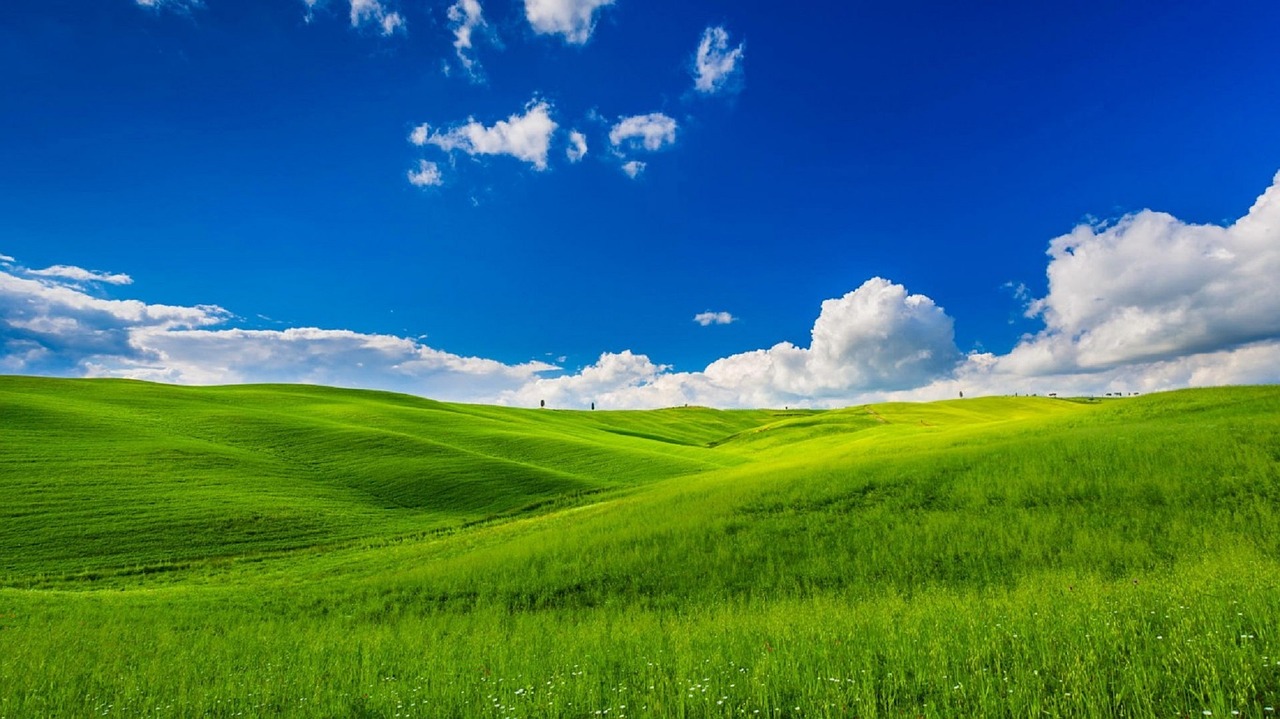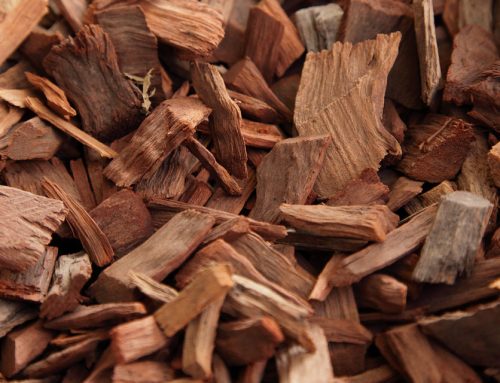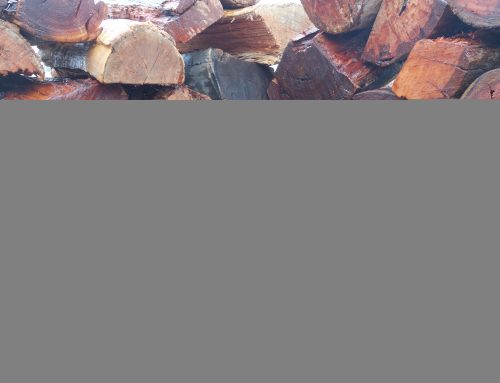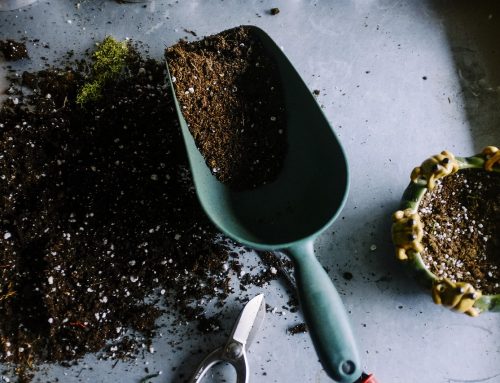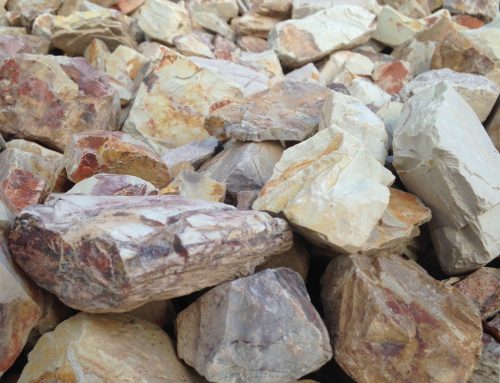Synthetic turf can be a fresh-looking, easy-care addition to your garden. Once it has been laid, upkeep is minimal, and you’ll have lush green lawn all year round. Artificial lawn has come a long way from the green plastic astro-turf days – now you can get very realistic grass, which often looks better than the real thing! Especially in the Geelong region and on the Surf Coast, where there are many holiday homes and often scarce rain, roll-out artificial lawn will keep your house looking sharp all year round. It will also save water and save your time in the long-run.
The trick is to lay it properly at the start, so that you have minimal upkeep afterwards, and ensure good drainage and a smooth, realistic finish. Preparation is everything!
Key tips include:
-make sure the grain of the turf runs the same way on each piece
– take care to join the pieces as closely as possible, and fill any gaps with sand
– grade the site so the water will drain away
A solid base is needed to ensure the synthetic turf stays level- begin by digging out all the old grass and any fill, including rocks and stones, down to about 60-150mm. Sandy soil requires less of a base, but the deeper you dig your base, the stronger it will be, and if you are planning to drive over the lawn at all, a deeper base is strongly recommended. A graded site will help with drainage.
A compacting base rock, such as Non-Descript Crushed Rock or Recycled Concrete, should be laid on the bottom layer at a depth of about 50mm. This needs to be watered in thoroughly, and then rolled with a compactor or whacker. This will set it in place.
The next layer is composed of about 50mm of Stonedust (also called crusher dust- which is a fine bluestone) – which should also be watered in and raked level. The stonedust gives a smoother, more realistic feel under the grass. At SouthPoint Garden Supplies, we can help you calculate how much Stonedust and Crushed Rock you will need to fill in your area. The rule is: 1 cubic metre of product will cover 10 square metres of area at a depth of 100mm. Give us a call and we can help you work it out.
Now you are ready to lay the synthetic turf itself- pay close attention to the grain of the artificial turf and ensure that it all runs the same way. Peg the sections down with flathead earth nails (which won’t rot), then join the seams carefully with turf tape and turf glue. Take care to put the pieces as close as possible, and trim any edges. You can add a nice edging, such as our Jarrah edging, which keeps the borders looking neat and crisp. Jarrah edging comes in lengths of just over 4metres, and there are special Jarrah pegs which are custom-made for keeping the edges tacked in place.
The final step with your synthetic lawn is to top-dress it, by sprinkling with the fine Triple-Washed Sand (also called White-washed sand). This will make it more realistic and can also protect the turf from the sun. You can use a rake or coarse broom to even out the top-dressing.
Now set the kids and dogs loose on the new turf! It’s ready to go.

